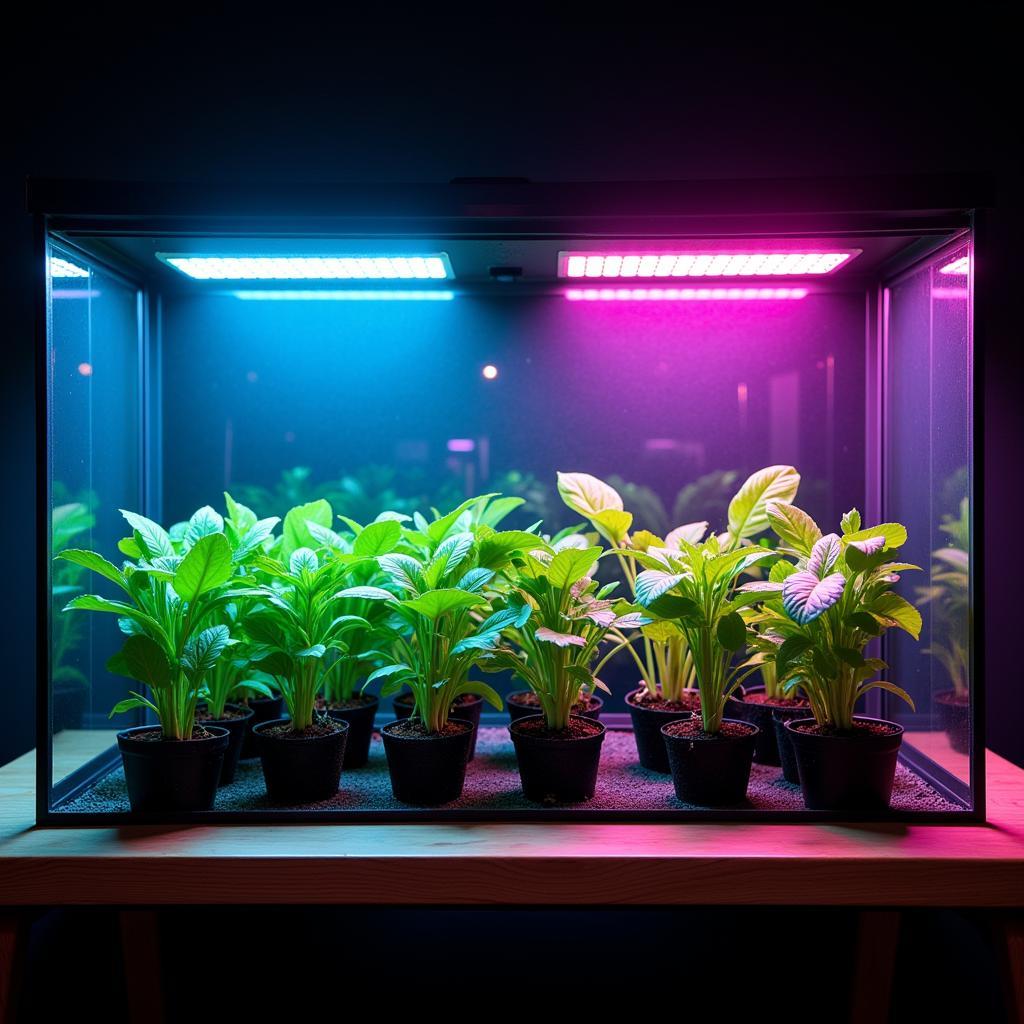Diving into the world of science fairs can be an exhilarating experience! But before you jump into experimenting, you need a solid foundation. That’s where background research comes in. It’s like building a strong base for your science fair castle. But what exactly does it entail, and how do you craft a winning example of background research?
 Student Conducting Science Fair Research
Student Conducting Science Fair Research
Understanding the Importance of Background Research
Think of your science fair project as a puzzle. Background research is like finding the corner pieces and starting to understand the bigger picture. It helps you:
- Identify a Relevant Topic: Discover what interests you and aligns with your knowledge.
- Develop a Testable Question: Hone in on a specific question your experiment can answer.
- Understand Existing Knowledge: Learn from previous studies and avoid repeating work.
- Formulate a Hypothesis: Make an educated guess about the outcome of your experiment.
- Design a Robust Experiment: Create a plan that accurately tests your hypothesis.
Steps to Conduct Effective Background Research
Now, let’s break down the process of creating a stellar example of background research for your science fair project:
1. Define Your Area of Interest
What scientific concepts pique your curiosity? Do you find yourself drawn to biology, physics, chemistry, or perhaps a combination of disciplines?
2. Narrow Down Your Focus
Let’s say you’re fascinated by plants. Instead of tackling the broad subject of “plant growth,” consider focusing on a specific aspect like “the effect of different light wavelengths on plant growth.”
 Plant Growth Experiment Setup
Plant Growth Experiment Setup
3. Formulate Your Research Question
This is where you pose a testable question related to your chosen focus. For instance: “How does exposure to blue light versus red light affect the height of basil plants?”
4. Dive into Research
Utilize reputable sources to gather information:
- Books: Check your library or bookstore for relevant scientific texts.
- Scientific Journals: Look for peer-reviewed articles on databases like JSTOR or Google Scholar.
- Reputable Websites: Stick to websites with .gov, .edu, or .org extensions for reliable information.
- Experts: Reach out to scientists or professionals in your field of interest.
5. Take Detailed Notes
Don’t just passively read! Organize your findings:
- Source Citation: Keep track of your sources for proper referencing later.
- Key Findings: Summarize the main points of each source.
- Definitions: Note down any unfamiliar scientific terms and their definitions.
6. Synthesize Your Findings
Connect the dots between your different sources. Are there any conflicting viewpoints or areas where further research is needed?
7. Develop Your Hypothesis
Based on your research, formulate an educated guess that answers your research question. For example: “Basil plants exposed to blue light will grow taller than those exposed to red light.”
Example of Background Research Structure
Here’s a possible structure for your background research section:
I. Introduction: Briefly introduce your topic and the research question you’re exploring.
II. Existing Knowledge: Summarize the key findings from your research.
III. Gaps and Contradictions: Highlight any areas where research is inconclusive or contradictory.
IV. Hypothesis: Clearly state your hypothesis based on your research.
V. References: List all your sources in a consistent format (e.g., APA, MLA).
 Student Writing Science Fair Report
Student Writing Science Fair Report
Remember: Background Research is Ongoing
Background research isn’t a one-time task! As you experiment and analyze data, you might need to revisit your research, refine your understanding, or even tweak your hypothesis.
By investing time and effort in crafting a strong example of background research, you’re setting yourself up for a successful and rewarding science fair experience!